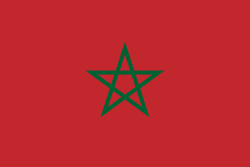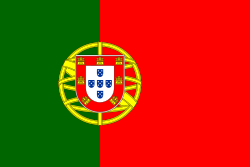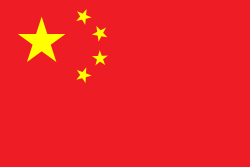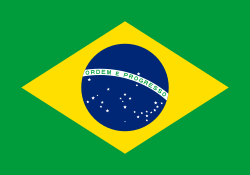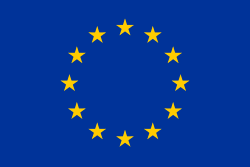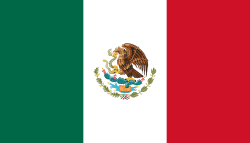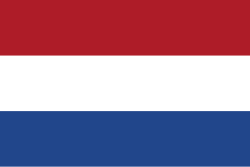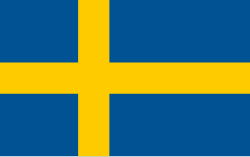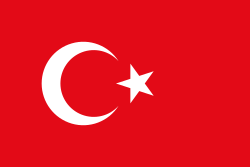WTCC i Argentina
| Autódromo Termas de Río Hondo | |
 | |
| Statistik | |
| Antal säsonger | 5 |
|---|---|
| Första tävlingen | 2013 |
| Senaste tävlingen | 2017 |
FIA WTCC Race of Argentina blev den argentinska deltävlingen i FIA:s världsmästerskap i standardvagnsracing, World Touring Car Championship. Tävlingen kördes första gången säsongen 2013 på Autódromo Termas de Río Hondo.
Tävlingen var först planerad att köras på Autódromo Buenos Aires från och med säsongen 2011,[1] men ersattes av FIA WTCC Race of Belgium på Circuit Zolder.[2] Den fanns med som förslag även säsongen 2012, på en ej bestämd bana[3], men ströks och ersattes av WTCC i Slovakien.
I juni 2013 bekräftades det att det första Race of Argentina skulle hållas den 4 augusti på Autódromo Termas de Río Hondo.[4]
Tävlingen hölls under fem säsonger, 2013 till 2017. 2018 ställdes den in och ersattes av WTCC i Slovakien.
Vinnare
| År | Race | Förare | Modell | Bana | Rapport |
|---|---|---|---|---|---|
| 2017 | 1 | Termas de Río Hondo | WTCC i Argentina 2017 | ||
| 2 | |||||
| 2016 | 1 | WTCC i Argentina 2016 | |||
| 2 | |||||
| 2015 | 1 | WTCC i Argentina 2015 | |||
| 2 | |||||
| 2014 | 1 | WTCC i Argentina 2014 | |||
| 2 | |||||
| 2013 | 1 | WTCC i Argentina 2013 | |||
| 2 |
Källor
- ^ Argentina and China set for 2011 WTCC calendar - touringcartimes.com 24 juli 2010
- ^ Belgium back, Argentina out for WTCC - touringcartimes.com 3 november 2010
- ^ Revised WTCC calendar released, adds Argentina, drops UK - touringcartimes.com 7 december 2011
- ^ ”WTCC TO VISIT ARGENTINA FOR THE FIRST TIME”. World Touring Car Championship. Kigema Sport Organisation. 4 juni 2013. Arkiverad från originalet den 25 februari 2014. https://web.archive.org/web/20140225000627/http://www.fiawtcc.com/news/detail/id/1041/t/WTCC-TO-VISIT-ARGENTINA-FOR-THE-FIRST-TIME. Läst 6 juni 2013.
| ||||||||||
Media som används på denna webbplats
Flag of Portugal, created by Columbano Bordalo Pinheiro (1857–1929), officially adopted by Portuguese government in June 30th 1911 (in use since about November 1910). Color shades matching the RGB values officially reccomended here. (PMS values should be used for direct ink or textile; CMYK for 4-color offset printing on paper; this is an image for screen display, RGB should be used.)
The civil ensign and flag of Belgium. It is identical to Image:Flag of Belgium.svg except that it has a 2:3 ratio, instead of 13:15.
The Flag of Europe is the flag and emblem of the European Union (EU) and Council of Europe (CoE). It consists of a circle of 12 golden (yellow) stars on a blue background. It was created in 1955 by the CoE and adopted by the EU, then the European Communities, in the 1980s.
The CoE and EU are distinct in membership and nature. The CoE is a 47-member international organisation dealing with human rights and rule of law, while the EU is a quasi-federal union of 27 states focused on economic integration and political cooperation. Today, the flag is mostly associated with the latter.
It was the intention of the CoE that the flag should come to represent Europe as a whole, and since its adoption the membership of the CoE covers nearly the entire continent. This is why the EU adopted the same flag. The flag has been used to represent Europe in sporting events and as a pro-democracy banner outside the Union.The FIA World Touring Car Championship logo
Författare/Upphovsman: Gustavo Girardelli, Licens: CC BY-SA 4.0
Autódromo de Termas de Río Hondo, provincia de Santiago del Estero, Argentina, calcado de OpenStreetMap con adiciones propias.









